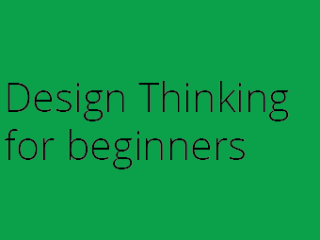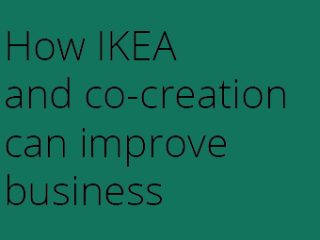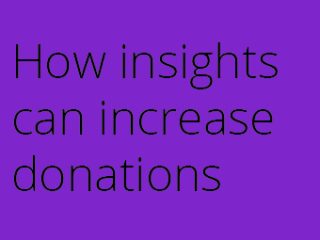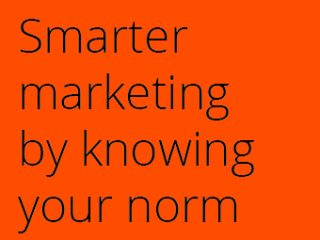How behavioral insights can increase donations
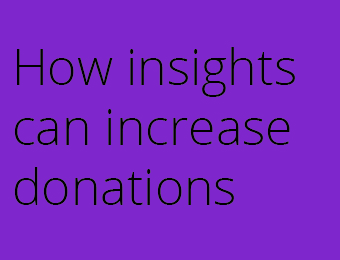
Idea
This idea is about how you can use the behavioral insight of the “identifiable victim effect” to change the communication of your charity to double donations to your cause. The “identifiable victim effect” describes the idea that we as humans care more about other people when they are represented by a specific individual with an identity, than we do when they are shown as statistics. Despite this theory gaining strong empirical support, the majority of charities today still presents their cause as statistics.
“One man death is a tragedy, a million is statistics” – Stalin
Background Research
One of the comparison studies exploring the validity of the “identifiable victim effect” discovered that presenting one little girl (Rokia) as the subject for a donation boosted donations about twice as much as giving a statistical overview to the problem or even just adding another girl to the presentation. Even when a combination of Rokia and statistics was presented the first option (only Rokia) still generated higher donations.
Allowing statistics to be a part of a campaign dampens the emotional response from the audience which results in fewer and smaller donations. Studies have shown this can be related to the way that our mind processes information; it is about the emotional vs the (computational) logical parts of our brains; with reactions sparked in the emotional regions seeming to generating higher donations.
Potential Experimental Design
How do we then use the identifiable victim effect in charity? For every charity project we should aim to break down the big statistical problem to smaller identifiable problems, such as in Haiti where people with webcams where communicating with the world and achieving a record levels in charitable donations. The aim must be to connect people through building identifiable stories which evoke emotional human responses. I would also recommend initiating Randomised Control Trials (RCT:s) comparing the types of marketing messages communicated in charity campaigns to see what type of communication approach that actually yields the best ROI for your charity, with the above principles in mind. A RCT could work as a guarantee, to make sure we are switching to a communication form that generates a higher ROI. If this hypothesis is correct the individual identifiable victim will generate significantly higher donations from the group who was presented with this messaging compared to the statistically driven or the combination of statistics+ identifiable victim. I would also recommend that charity organisations look into the concept of mass customization, there is great potential in applying this type of thinking to charity and donations so potential donors could match within a database of people (identifiable victimes) in need to generate higher donations.
Value
By transforming the way we present charity donations, from the dry statistical, analytical approach that is the norm today to a focus on an individual identifiable victim with whom people can relate emotionally, we could change the philanthropic landscape and generate higher donations to charitable causes. This behavioral insight has the power to transform charity by better choice architecture.
Andreas Roos, The Choice Architect
Sources:
“Psychic Numbing and Mass Atrocity” - Paul Slovic, David Zionts, Andrew K. Woods, Ryan Goodman and Derek Jinks
“Sympathy and callousness: The impact of deliberative thought on donations to identifiable and statistical victims” - Deborah A. Small a, George Loewenstein b, Paul Slovic c
